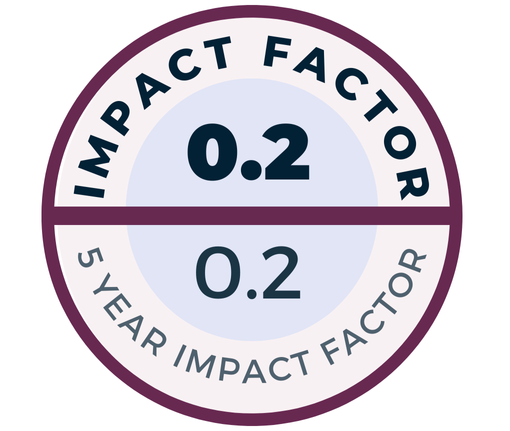Objective: To evaluate the benefits of a contralateral hearing aid on expressive and receptive language development and auditory perception performance over a 36-month post-surgical period in children implanted on a single side with a cochlear device for bilateral pre-lingual profound sensorineural hearing loss.
Methods: Seventy-five patients with idiopathic profound sensorineural hearing loss were included. The cases were divided into two groups: cochlear implant users (50 patients, “CI group”) and cochlear implant plus hearing aid users (25 patients, “CI+HA group”). Language development and auditory performance were compared in the two groups during the first 3 years following cochlear implant surgery. The Pre-school Language Scale-4 was used to assess language development and the LittlEars® Auditory Survey, Meaningful Auditory Integration Scale and Meaningful Use of Speech Scale were employed to assess auditory perception performance.
Results: Language development in the CI+HA group was superior to that in the CI group at 6 months post-surgery, in terms of receptive and expressive language development; auditory perception performance was also superior in the CI+HA group, compared to the CI group.
Conclusion: The use of a contralateral hearing aid in cochlear implanted children with prelingual sensorineural hearing loss positively contributes to language devel-opment and auditory perception performance.

.jpeg)
